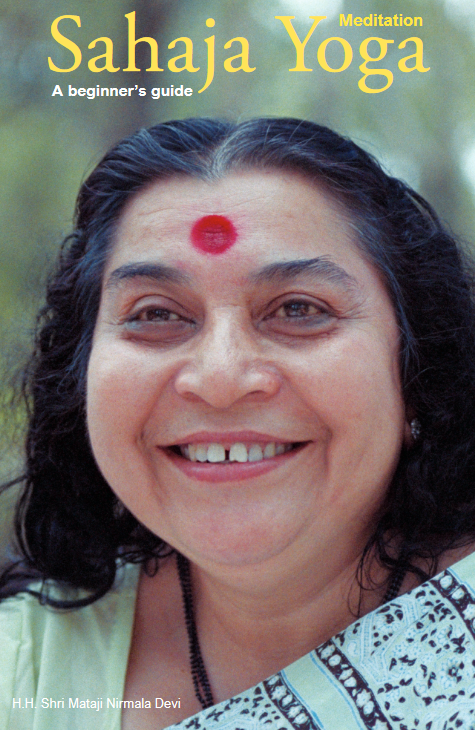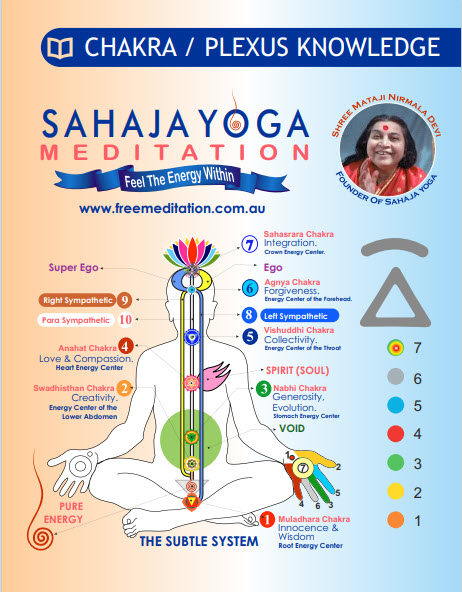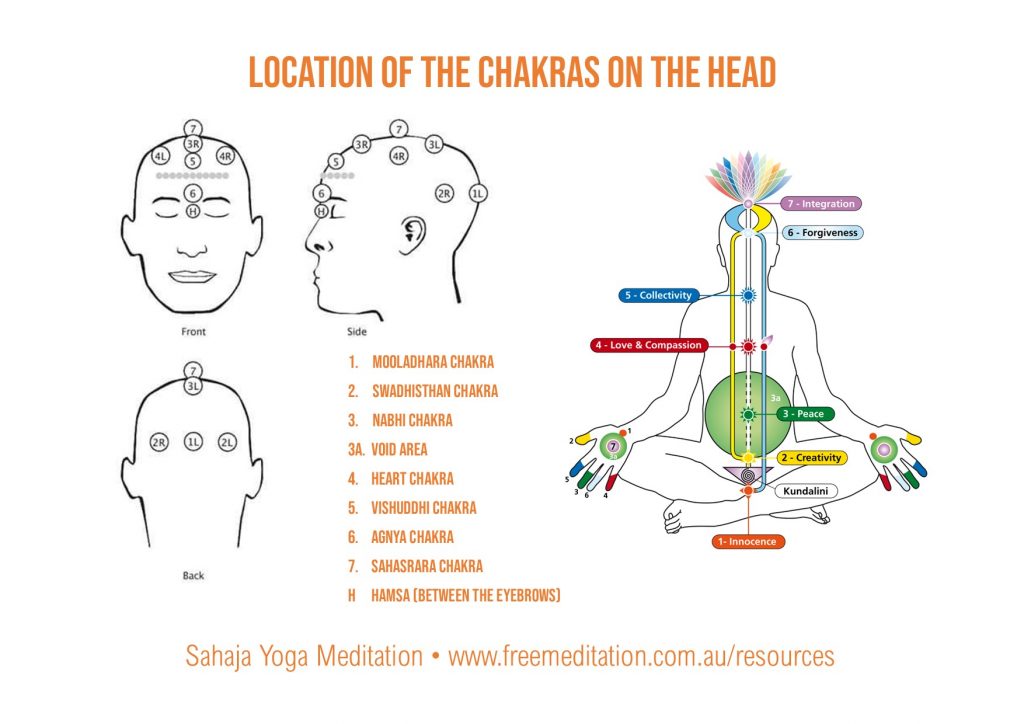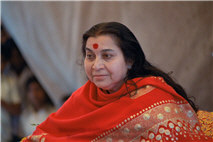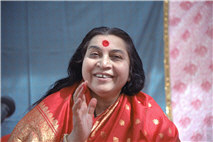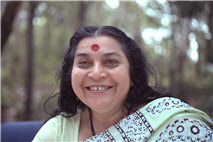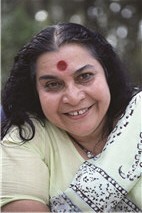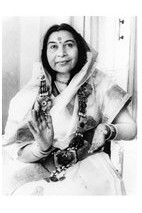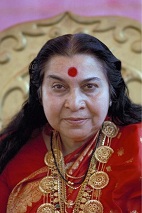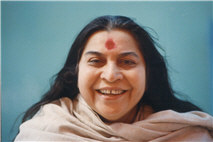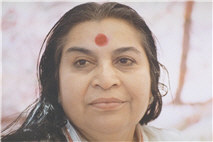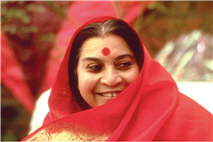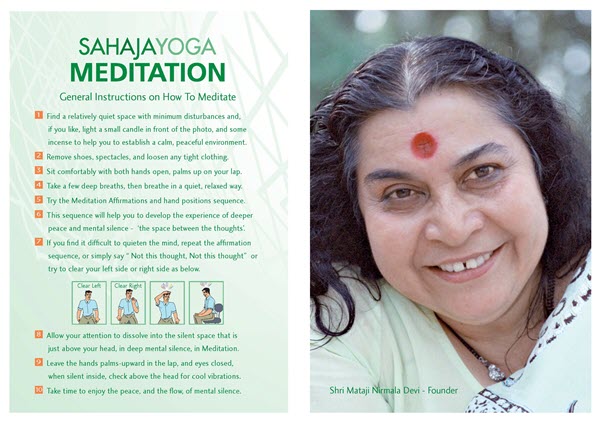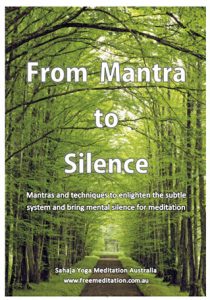Sahaja Yoga Worldwide
Ashram Collective Meditations
Lectures by Shri Mataji Nirmala Devi
with Meditations, Mantras & Music
Every Monday, Wednesday and Friday on Zoom and YouTube
See below for sessions also held on Saturdays on YouTube.
See session times below
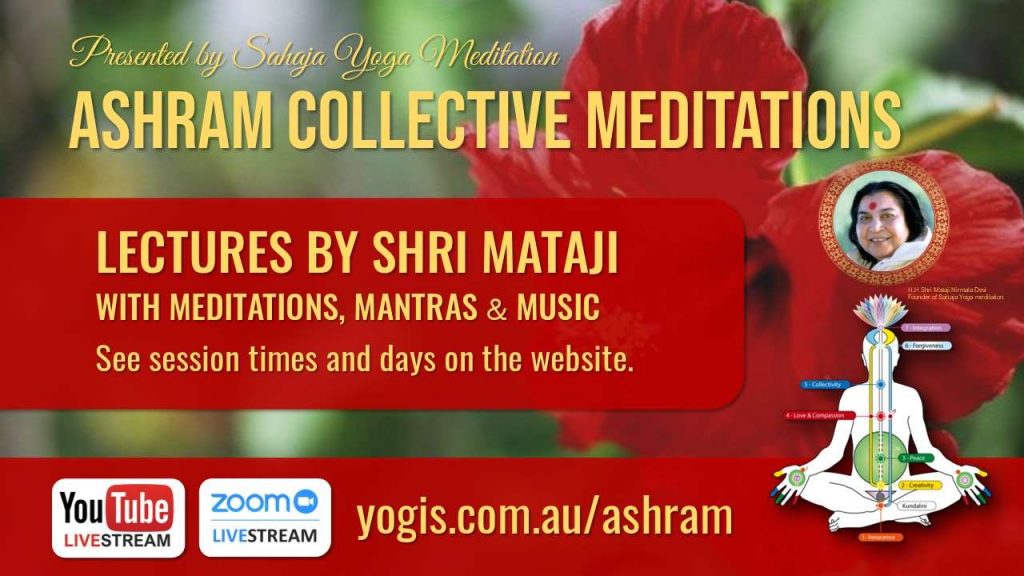
Welcome
Welcome to our online Ashram where we collectively meditate on a regular basis.
This area is for those who have gained in-depth spiritual knowledge of Sahaja Yoga meditation and the devotional aspect we have towards H.H. Shri Mataji Nirmala Devi, founder of Sahaja Yoga.
Hopefully, a Sahaja Yogi has directed you to this page and they have already explained more about Shri Mataji and our use of Her Photo, Pujas, Havans and devotional music to assist with our spiritual ascent.
- Newcomers who do not have a Sahaja Yogi already supporting them, can join our Ashram WhatsApp group.
- If you have not attended a Sahaja Yoga class/course before or wish to revise your knowledge then please visit our Beginner’s Course website.
Meditation Sessions
Join with Zoom or watch live on YouTube. All sessions are recorded so you can access them anytime to suit your time zone or schedule.
See recordings below.
Every Monday
9pm to 10pm (Sydney time)
(Convert to your local time)
This session STARTS in:
6 days 6 hours 46 minutes 57 seconds
Every Wednesday
9pm to 10pm (Sydney time)
(Convert to your local time)
This session STARTS in:
1 day 6 hours 46 minutes 57 seconds
Every Friday
9pm to 10pm (Sydney time)
(Convert to your local time)
This session STARTS in:
3 days 6 hours 46 minutes 57 seconds
View all sessions on Zoom or YouTube below. Check out our calendar for other sessions happening during the week.
More Information
About the meditation sessions
Sessions comprise of an in-depth lecture by H. H. Shri Mataji, collective meditations, mantras and devotional music. Sometimes, a Puja or Havan may be performed during the session. Sessions usually run for approximately one hour.
About Shri Mataji’s Lectures
H. H. Shri Mataji started Sahaja Yoga meditation in 1970 and spent over 40 years travelling around the world to give seekers of truth their Self Realisation (Kundalini awakening). During this time, She gave thousands of public and private lectures which were recorded and shared with the world collective. Sahaja Yoga Meditation is always free and is practiced in more than 100 countries.
Session Recordings – Adelaide
Hosted by Adelaide • Every Monday, Wednesday and Friday 9pm Sydney time
View full playlist
Session Recordings – Sydney (ended)
View full playlist
![]()
![]()
![]()
![]()
![]()
Session Recordings – Brisbane (ended)
All the collective meditations
Collective meditations, Pujas, Ashram Series and more.
View full playlist
Ashram Series Whatsapp Group
Please join our Ashram Series Whatsapp group if you wish to stay in touch for latest updates and with your fellow yogis. You’ll also receive ongoing support as you learn more about the spiritual aspects of our meditation.
Join the Ashram Series WhatsApp group
 (If you don’t have WhatsApp, you will be prompted to install the free App in on your device/computer otherwise to Contact us directly.)
(If you don’t have WhatsApp, you will be prompted to install the free App in on your device/computer otherwise to Contact us directly.)
Join our Ashram Newsletter Mailing List
The Australian Sahaja Yoga collective has its own email database where we share Australian and International news about collective programs, Pujas, projects and events. Australian and International participants are welcome to join.
Register for a Beginner’s Course
If you have not attended a Sahaja Yoga class/course before or wish to revise your knowledge then please register your interest for our next online course.
Note: You do not need to register to participate in any of the courses or events.
Resources
Meditation Guides to download, meditative music, video and audio meditations and more resources and materials are available here.
Some information here is very ‘advanced’, so you should have completed some our courses to appreciate the information. Please don’t hesitate to ask questions about the material with your mentor.
Contact us
- This site is maintained by Sahaja Yoga Meditation Australia
- Contact us at info@freemeditation.com.au
- Centres in 100 countries.


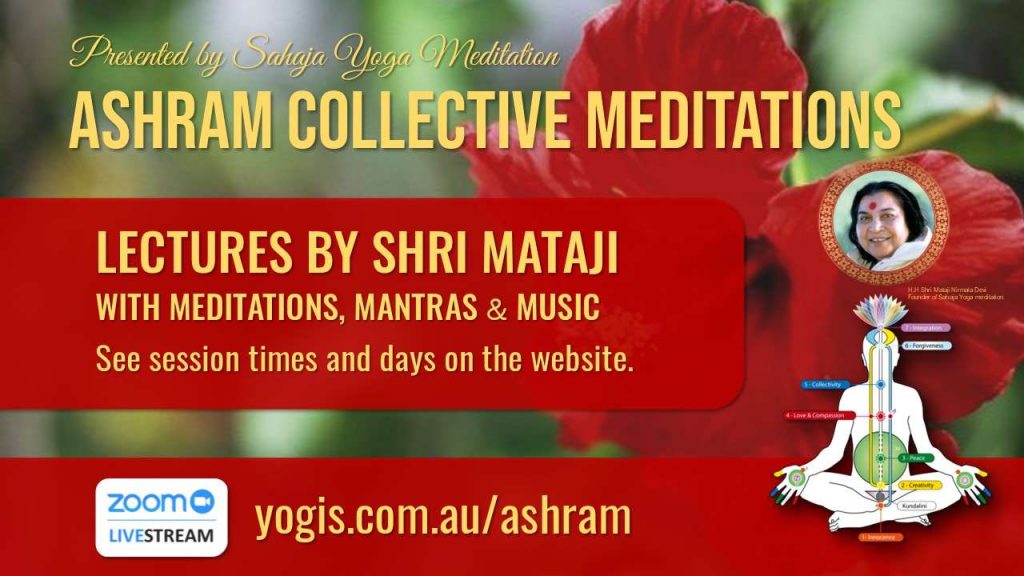





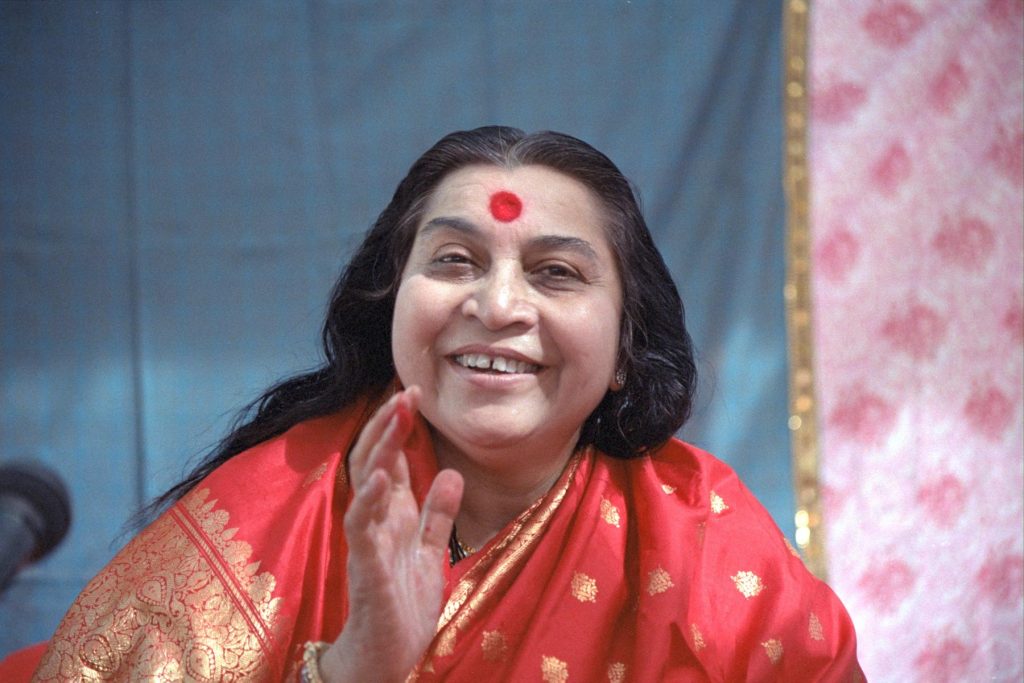
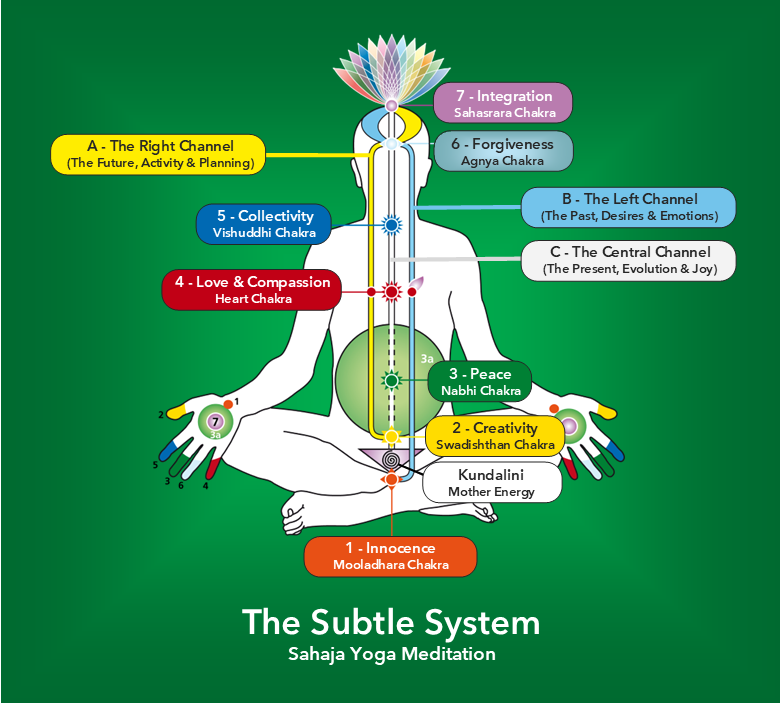
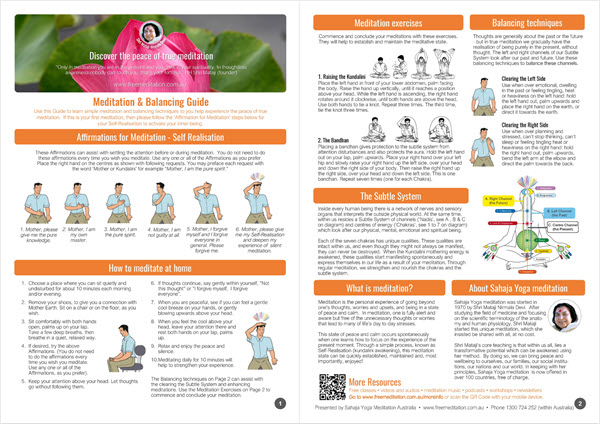

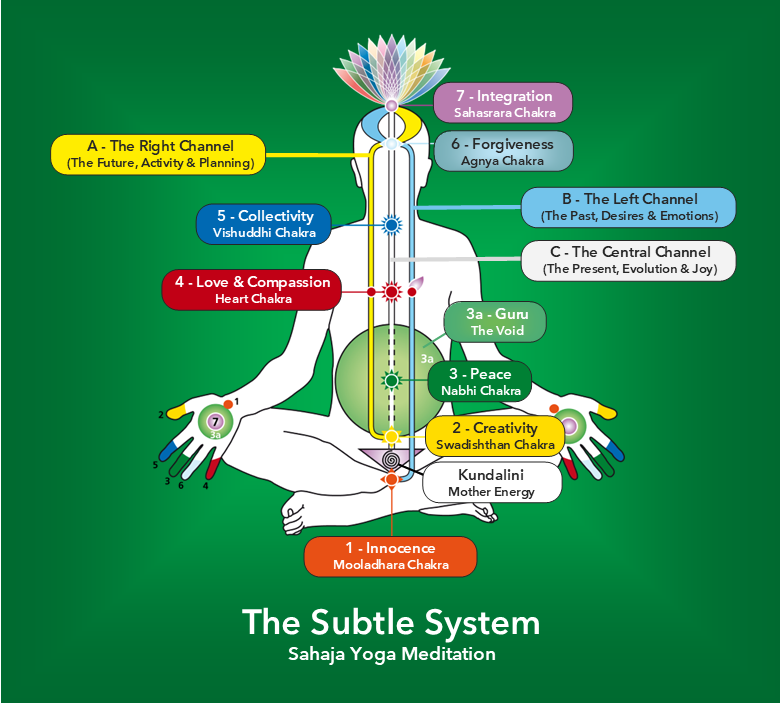
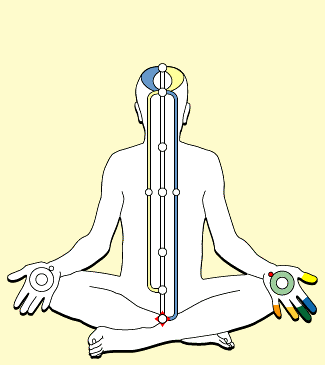


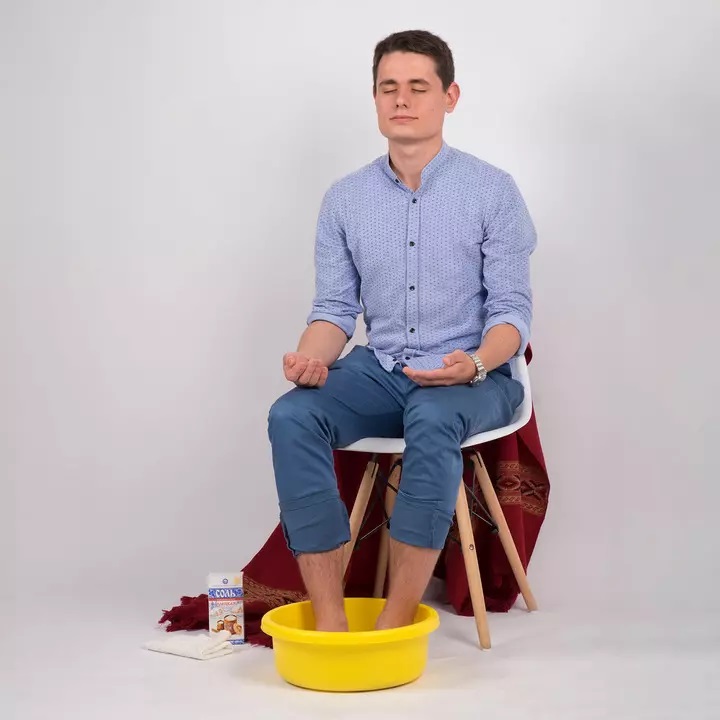
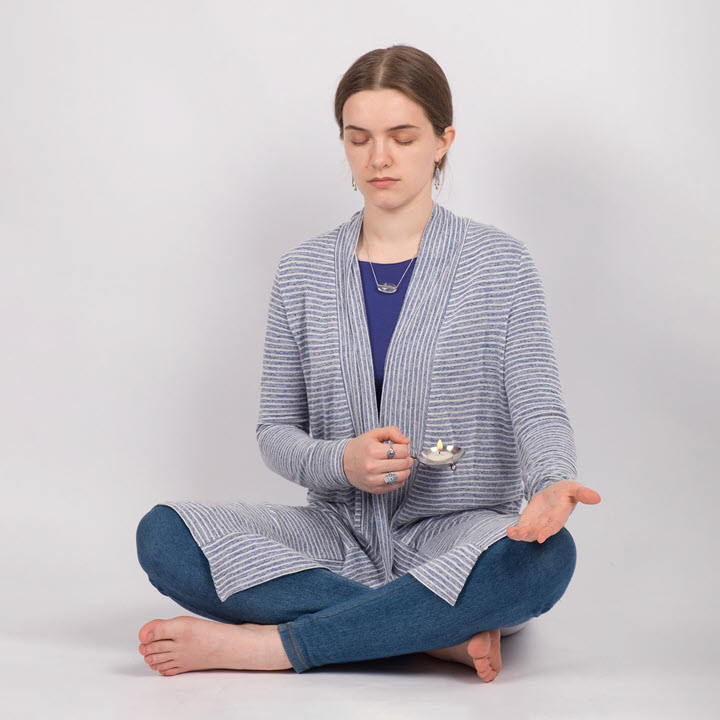 Candle treatment
Candle treatment